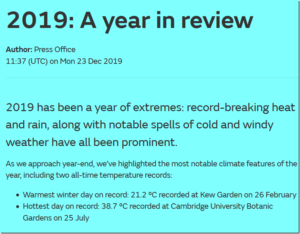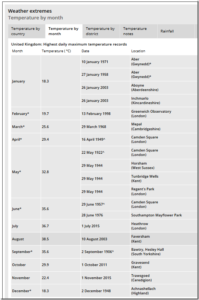by P. Gosselin, June 03, 2025 in ClimateChangeDispatch

The German blog site lokalgeschichte examines the German summer of 1911, which was exceptionally hot, dry, and sunny. It disproves the previously widespread idea that Central Europe’s heat waves are something new and caused by more CO2 in the atmosphere. [emphasis, links added]
Although temperatures in the summer of 1911 were very high in places (up to 40°C [104°F] in Chemnitz), no new records were broken. The year 1892 had similar or even higher values (41.5°C [106.7°F] in Reichenhall).
The most remarkable feature of the summer of 1911 was not the absolute maximum temperature, but the duration of the hot spell and the persistent tendency towards dry and warm high-pressure weather, which lasted from spring until well into September.
In 1911, Germany saw extreme drought, particularly in western and central Germany. In Berlin, for example, only about half of the normal precipitation fell between April and July, and only a seventh in August.
Such an event occurring today would have climate alarmists blaming CO2.
….








